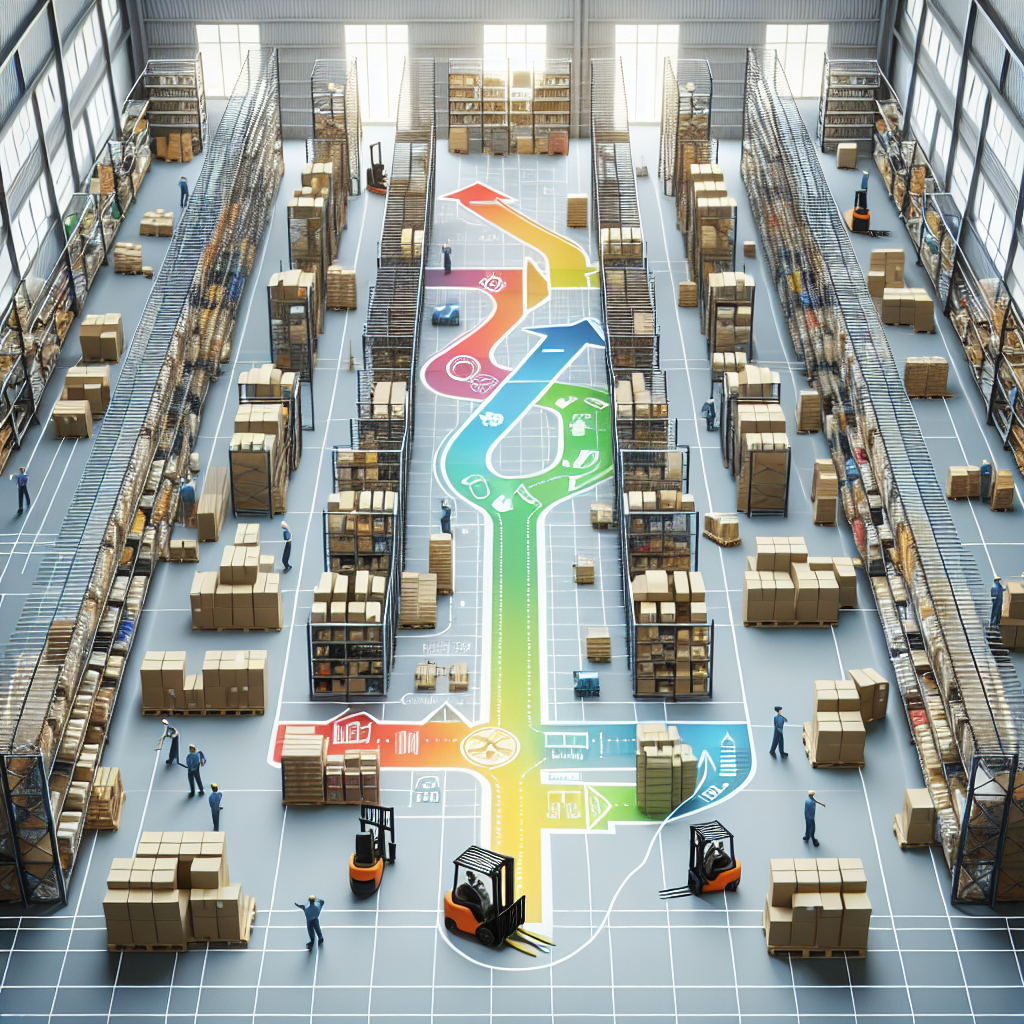In today’s fast-paced world, the design of warehouse layouts plays a crucial role in determining operational efficiency and overall productivity. A well-optimized warehouse layout not only maximizes space but also ensures smooth workflows, minimizes errors, and improves employee morale. In this article, we will explore the art of flow in warehouse design, revealing best practices for creating efficient layouts that cater to the unique needs of your business.
Understanding Workflow in Warehouse Operations
The Importance of Workflow in Warehouse Design
In any warehouse, workflow refers to the series of processes that items undergo from receiving and storage to picking, packing, and shipping. Understanding these workflows is essential to creating a layout that minimizes bottlenecks and reduces unnecessary movements. Visualizing the journey that products take throughout the warehouse will help you identify areas for improvement and streamline operations.
Analyzing Your Operations
Before diving into layout design, take a moment to analyze your current operations. What items are moved most frequently? Which processes consume the most time? By gathering data on your shipping and receiving patterns, you can gain insight into how to structure your warehouse layout to support the natural flow of work.
Key Principles of Warehouse Layout Design
1. Optimize Storage Solutions
Storage solutions can significantly impact your warehouse flow. Here are a few options to consider:
- Vertical Storage: Utilize vertical space with shelving and racking systems to maximize storage capacity without expanding your footprint.
- Dynamic Storage: Implement FIFO (First In First Out) and LIFO (Last In First Out) systems depending on the product type. Dynamic storage systems, like carton flow racks or drive-in racking, can streamline picking processes.
- Modular Design: Consider using modular storage solutions that can adapt as your inventory needs change.
2. Design for Flexibility
The best warehouse designs are adaptable. As businesses grow, inventory can fluctuate dramatically. Designing flexible layouts allows you to adjust storage and workflow areas as needed without extensive renovations.
- Movable Racking Systems: Systems that can be easily reconfigured help accommodate changes in product lines and seasonal fluctuations.
- Open Space: Allow for unassigned space that can adapt to unexpected changes in inventory demands or operational shifts.
3. Prioritize Accessibility
Accessibility should be at the forefront of warehouse design. Ensure that frequently picked items are located near packing and shipping areas, reducing travel time for employees.
- Flow Paths: Create clear, designated flow paths that minimize cross-traffic and confusion. Use signage and arrows to guide employees through the workspace efficiently.
- Ergonomic Considerations: Design picking areas and packing stations at comfortable heights to reduce fatigue and increase productivity.
Enhancing Employee Experience
The Human Element of Warehouse Design
While efficiency is key, a successful warehouse design also considers the well-being of its employees. A well-thought-out layout can enhance job satisfaction, reduce turnover, and promote a positive work environment.
- Break Areas: Designate comfortable spaces for breaks where employees can recharge and relax. This can lead to higher morale and increased productivity.
- Natural Light and Ventilation: Incorporate natural light and improve ventilation where possible to create a more pleasant working atmosphere.
Training and Engagement
Engaging your team in the layout design process can provide valuable insights and foster a sense of ownership. Encourage employees to share their ideas and experiences about warehouse operations. This collaboration will lead to tailored solutions that meet their needs and improve overall efficiency.
Leveraging Technology for Continuous Improvement
Embrace Automation and Inventory Management Systems
Incorporating technology into your warehouse layout can take efficiency to the next level. Automated systems for inventory management and picking can streamline operations and ensure accuracy.
- Warehouse Management Systems (WMS): A robust WMS allows for real-time tracking of inventory levels and assists with automatically generating picking routes for optimized workflows.
- Automated Picking Solutions: Devices like robots and conveyor belts can substantially reduce manual labor and speed up order processing times.
Continuous Monitoring and Adjustment
Once you’ve established your warehouse layout, it’s crucial to monitor its performance regularly. Use KPIs (Key Performance Indicators) to track efficiency, time savings, and employee satisfaction.
- Data Analysis: Stay informed about incoming and outgoing workflow patterns. Adjust layouts as necessary to accommodate changes in inventory or shipping requirements.
- Adaptation over Time: A warehouse is never static; be prepared to innovate and refine your processes and layout continuously.
Conclusion: A Harmonious Flow for Success
Designing a warehouse layout is both an art and a science. By focusing on the principles of workflow, flexibility, accessibility, and employee experience, you can create an environment that promotes efficiency and productivity. Incorporating technology helps streamline operations and adapt to changes in demand. Ultimately, the goal is to create a harmonious flow, transforming your warehouse into a well-oiled machine that delights both employees and customers alike.
Investing time in thoughtful warehouse design pays off in the long run, enabling your operations to thrive and positioning your business for success in an ever-evolving marketplace. Why not take the first step towards revolutionizing your warehouse today?


